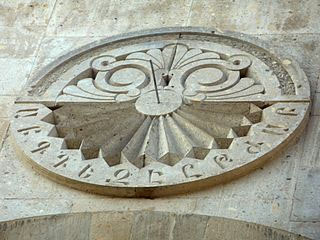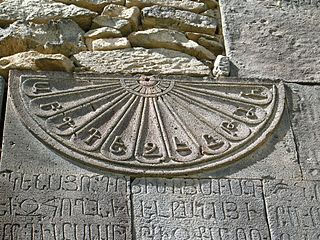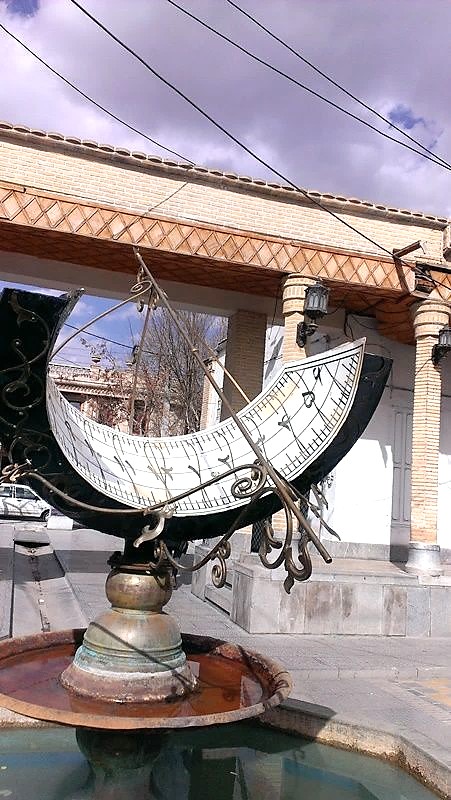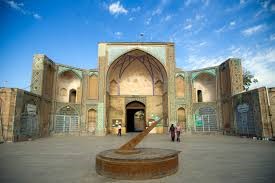 |
Official Webpage |



ARM ENG |
|||||
|
|||||||
Sundial is a device that tells the time of day when there is sunlight by the apparent position of the Sun in the sky.

This device was widely used in Armenian medieval monuments and currently these monuments are considered as Astro Tourism sites.

In the narrowest sense of the word, it consists of a flat plate (the dial) and a gnomon, which casts a shadow onto the dial. As the Sun appears to move across the sky, the shadow aligns with different hour-lines, which are marked on the dial to indicate the time of day.

Designing sundials has a long history in Iran. In an astronomical book entitled Zij-e Shahriyar ("Astronomical tables of the King"), composed in pre-Islamic Iran possibly in 555 C.E., there was a chapter on a method for graduating sundials.

Jameh Mosque of Qazvin is one of the oldest mosques in Iran. The oldest part of the mosque is said to have been constructed by the orders of Harun al-Rashid in 807CE. The foundation of the mosque is laid on a Zoroastrian fire temple.

The Defenders of the Fatherland Square is the main war memorial in Astana. The monument is known locally as Otan Korgaushylar. It is the main monument in a park with many. The Central part of the monument is a huge stella, with a sculpture of a lady holding a bowl. The huge sundial is one of the park attractions.
